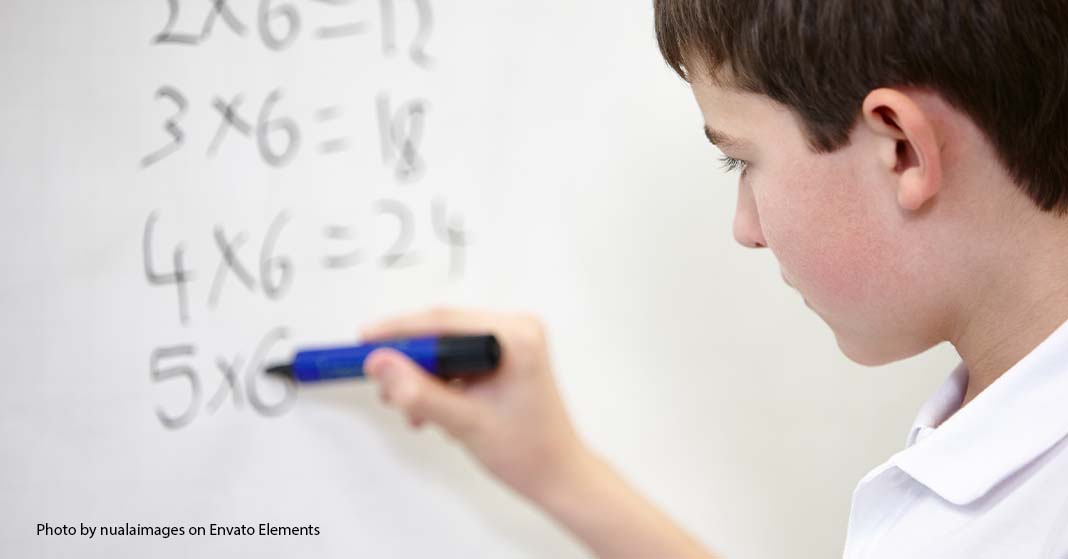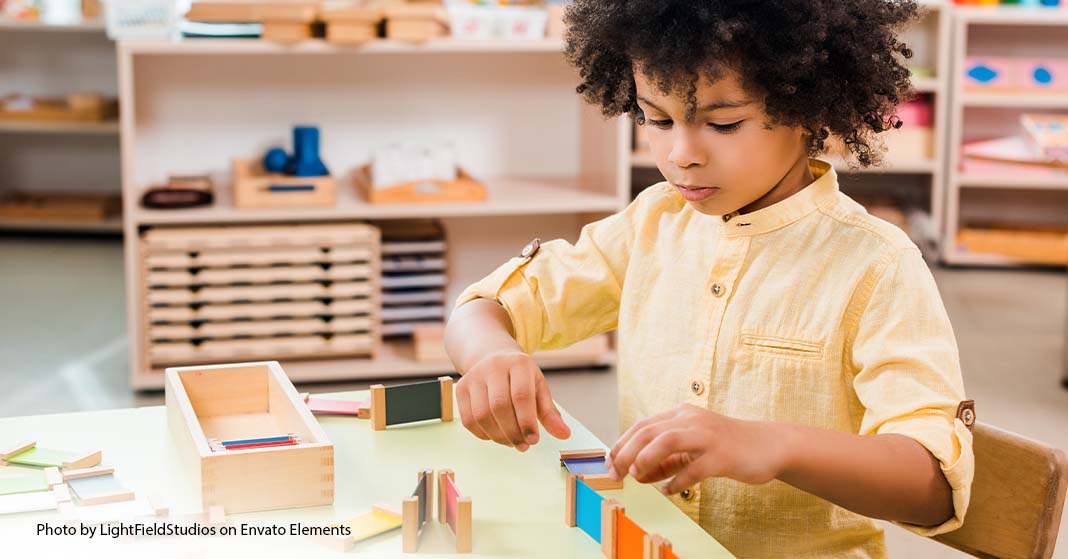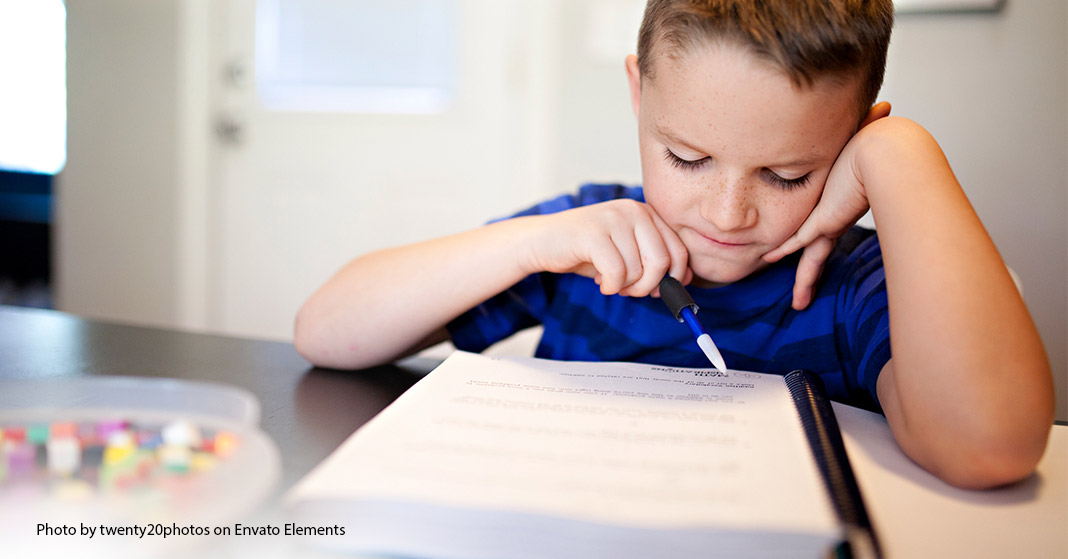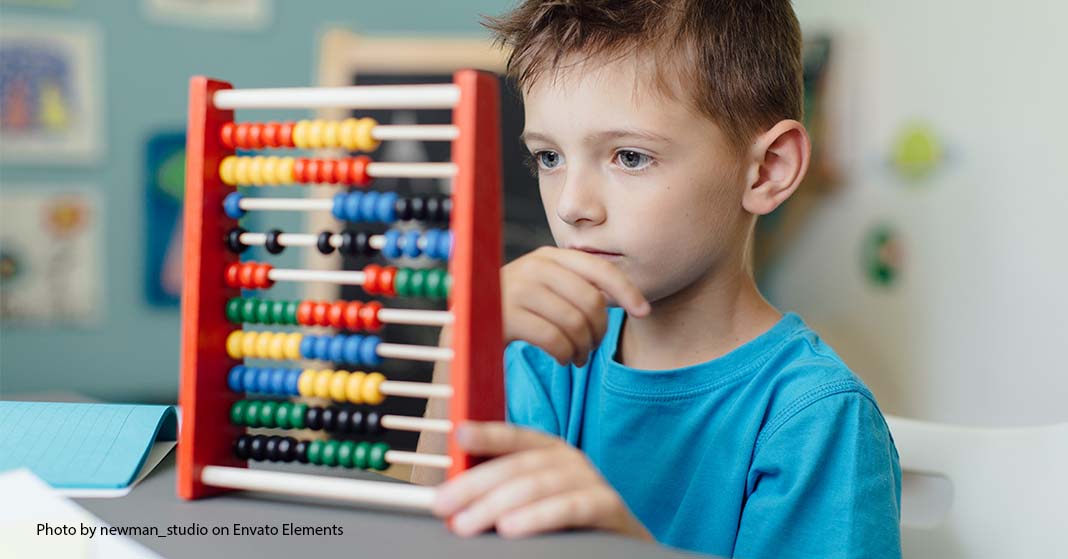
If you have a child who is good with numbers and asks a lot of questions, you might have a logical learner. Whether you have a logical learning style or not, you can teach this child strategically. A logical-mathematical learning style is conducive to studies like math and science. They are process-oriented, which logical learners love. So, how do you help your logical learner with subjects that are a struggle? Read on to learn how to use your logical learner’s strengths in any subject.
Learn more about logical learners


